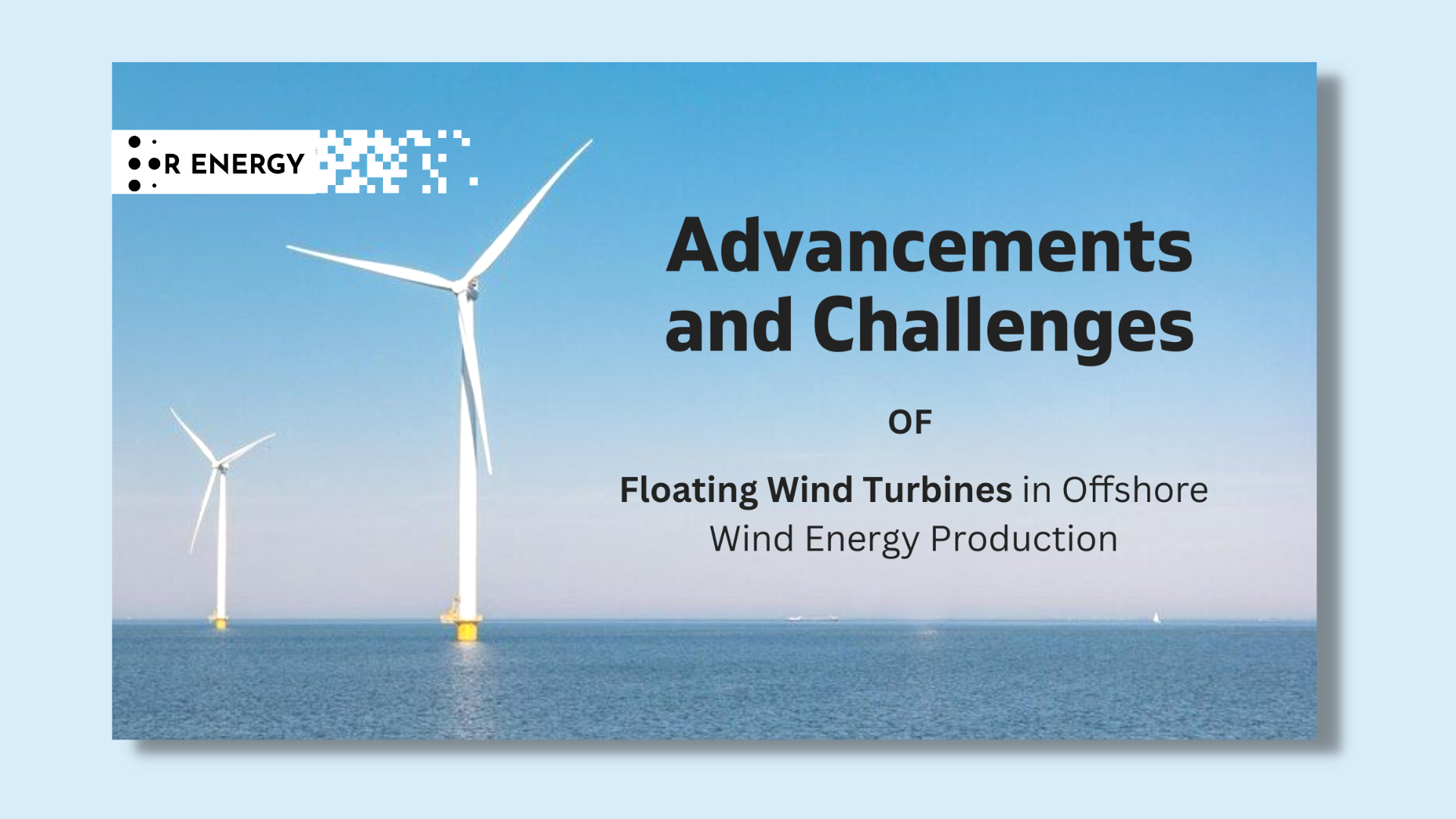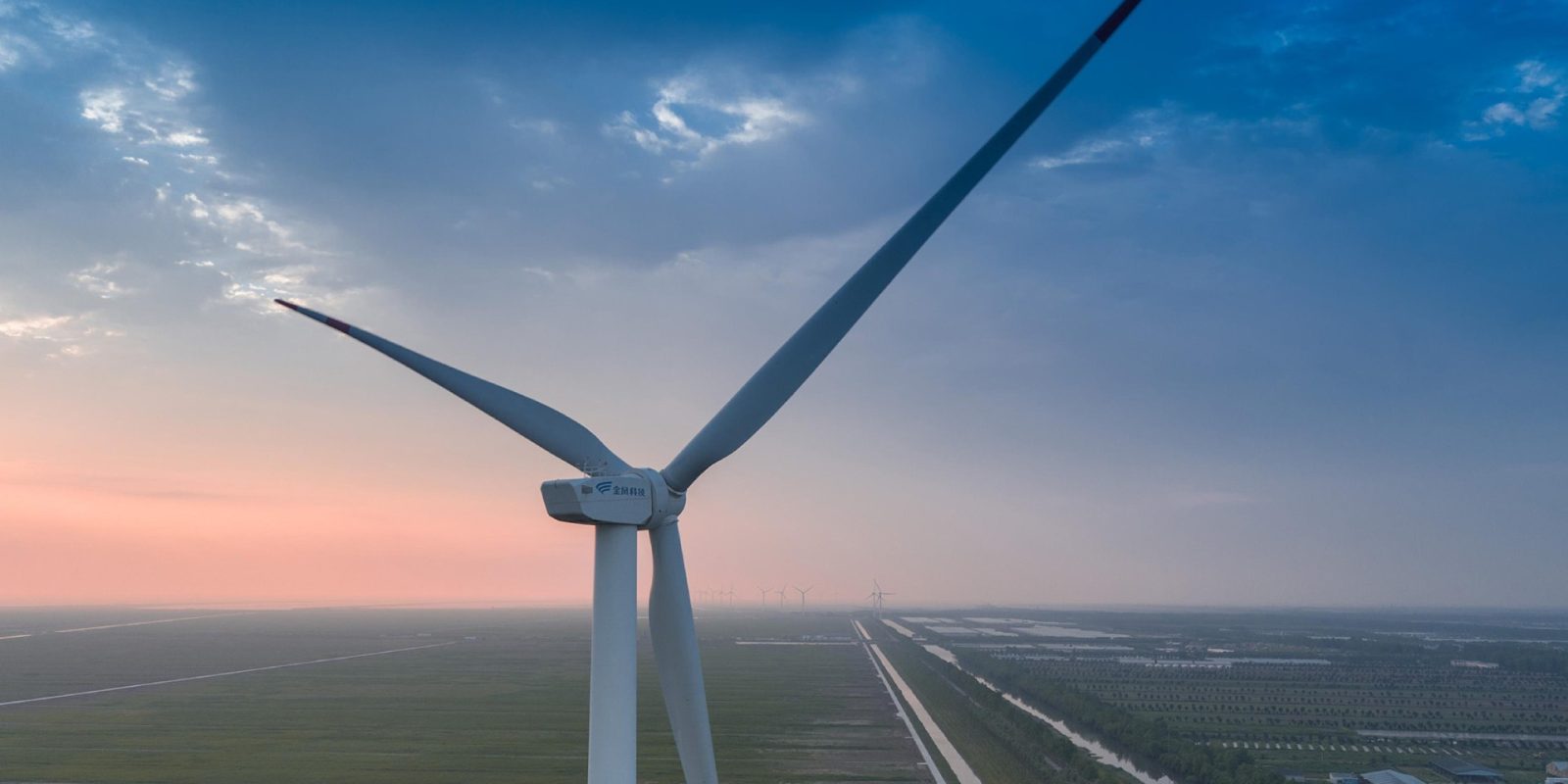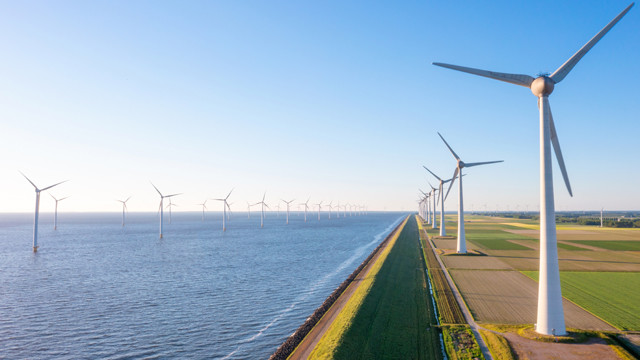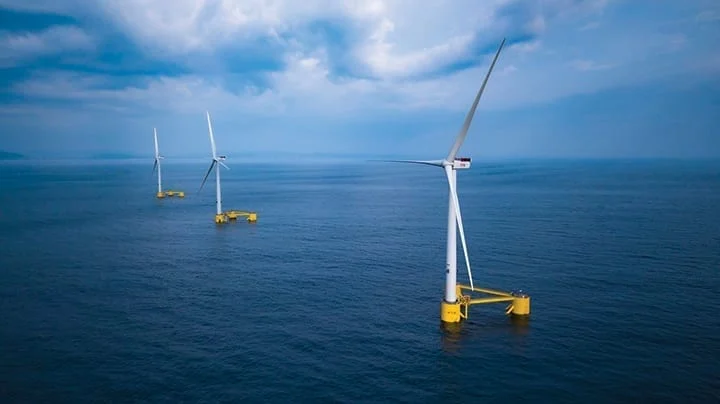
Offshore Wind Energy Production
One of the largest wind turbines to date, with blades longer than 100 meters, was recently manufactured in China. Compared to turbines from just a decade earlier, which had blades with a length of 350 feet, this represents a huge size gain. The benefits they provide in terms of energy output are what are driving the trend towards larger turbines. Greater energy output can be achieved by using larger turbines, which can capture more wind energy. A wider range of sites can now obtain wind energy thanks to the installation of larger turbines in regions with lower wind speeds. China has a unique potential to employ offshore wind farms for good thanks to its 18,000 km of coastline. The nation installed half of the world’s new wind capacity in 2020 and has the second-largest offshore wind market in the world. By using renewable energy sources like wind power, the Chinese government hopes to reach carbon neutrality by 2060 and a peak in carbon emissions by 2030. In general, the move towards larger wind turbines is a good thing for the renewable energy sector because it makes energy generation more accessible and efficient.


Challenges of onshore/offshore turbines


Compared to offshore turbines, onshore wind turbines have a number of difficulties and restrictions. Large wide areas with steady wind speeds are necessary for onshore turbines, although their availability may be constrained by the lack of suitable land. Onshore turbines may also be noisy and unsightly, which may cause opposition from nearby populations. On the other hand, offshore turbines can be placed in deeper oceans, where the wind is typically stronger and more reliable. Offshore wind turbines, however, may face difficulties due to the issue of constrained coastlines and the requirement for deeper oceans. Despite these challenges, offshore wind farms have a number of benefits over onshore wind farms, including stronger and more reliable winds, greater predictability, and less turbulence. China has a unique potential to employ offshore wind farms for good thanks to its 18,000 km of coastline. The nation installed half of the world’s new wind capacity in 2020 and has the second-largest offshore wind market in the world. Overall, the shift to offshore turbines is advantageous for the renewable energy sector since it makes it possible to produce energy more effectively and widely.
What are the recent advancements in the offshore wind industry?
In recent years, there have been considerable improvements in the offshore wind business. The largest and most potent offshore turbine in the world, the V236-15.0MW prototype, was created by the Danish manufacturer Vestas. The hub height of US-based turbines has also increased, enabling them to harness more wind energy and produce more power. In comparison to onshore turbines, offshore turbines have a number of advantages, such as stronger and more reliable winds, greater predictability, and less turbulence. Additionally, offshore wind farms may be sited farther from the coast to lessen their visual impact on coastal communities. China has the second-largest offshore wind market in the world and will have added half of all new wind capacity by 2020. By using renewable energy sources like wind power, the Chinese government hopes to reach carbon neutrality by 2060 and a peak in carbon emissions by 2030. In general, improvements in the offshore wind sector are good news for the renewable energy sector since they make energy generation more accessible and efficient.


What are the advantages of offshore wind energy?
Compared to onshore wind energy, offshore wind energy has a number of benefits. Offshore wind turbines are situated in regions with greater and more consistent wind speeds, increasing energy output. Furthermore, because offshore turbines are situated nearer to the coast, there is less energy lost during transmission due to shorter transmission lines. Offshore turbines also do not experience the “wind shadow” effect, which can happen with onshore turbines and cause the wind to be disturbed by neighboring buildings or natural features. One of the major issues with renewable energy is reliability, which is fixed by offshore wind farms. With wind almost always blowing on the sea, there is no shortage of wind energy available. In addition to having stronger and more reliable winds, offshore wind farms also benefit from higher predictability and less turbulence than onshore wind farms. In general, offshore wind power is a promising renewable energy source that has a number of advantages over onshore wind power.
Introduction to Floating wind turbines
The renewable energy sector recently adopted the relatively new technology of floating wind turbines. Since these turbines are made to float on the water’s surface, they can be installed in deeper waters where the wind is typically stronger and more reliable. As they can be positioned in locations with stronger winds, floating wind turbines have advantages over conventional offshore turbines in that they can produce more energy. Further installation distance from the beach allows for the installation of floating turbines, lessening their aesthetic impact on coastal towns. However, there are concerns regarding the size and viability of floating wind turbines. Concerns regarding the expense, viability, and potential environmental effects of installing and maintaining massive floating turbines have been voiced by some experts. Despite these reservations, the number of floating offshore wind farms is expected to increase dramatically over the next ten years as nations work to reduce their carbon emissions. The first floating wind farm in the world, Hywind Scotland by Norwegian oil corporation Equinor, features five turbines that can provide enough electricity to run 20,000 homes. Overall, the move to renewable energy will be significantly aided by floating wind turbines, which have the potential to overcome the drawbacks of fixed-bottom turbines.
What are the challenges of floating wind turbines?
Cost and potential negative environmental effects on maritime ecology are just two of the difficulties faced by floating wind turbines. Large floating turbines can be expensive to construct and operate since they need specialised infrastructure and technology. Additionally, because floating wind farms have the potential to harm marine life and disrupt marine ecosystems, their potential environmental effects on marine ecology are a concern. There are ways to lessen these potential bad effects, though. For instance, employing quieter turbines and avoiding locations with a lot of marine biodiversity are two ways floating turbines might be constructed to decrease their impact on marine life. In order to better comprehend the potential effects of floating turbines and develop measures to reduce them, monitoring and study can also be carried out. Despite these obstacles, the number of floating offshore wind farms is expected to increase dramatically over the next ten years as nations work to reduce their carbon emissions. Overall, the advantages of accessible and energy-producing floating wind turbines make this concept viable.
Conclusion
Floating wind turbines have the capacity to produce a large amount of energy and present opportunities for the steady development of floating wind farm industrialization. Floating turbines are a dependable source of energy generation since winds are more frequent and constant the farther away they are from the land. For more effective and accessible energy production, floating wind turbines can be placed in deeper oceans where wind speeds are often stronger and more consistent. Additionally, floating turbines can be built in a port before being delivered to the site, minimising the need for on-site construction and its negative effects on the environment. As nations work to reduce their carbon emissions, floating offshore wind farms are expected to experience spectacular growth over the next ten years. Overall, the advantages of accessible and energy-producing floating wind turbines make them a promising technology, and the progressive industrialization of floating wind farms is a good step for the renewable energy sector.
Read More:- Top 10 Wind Farms in India | Wind Power Plants

